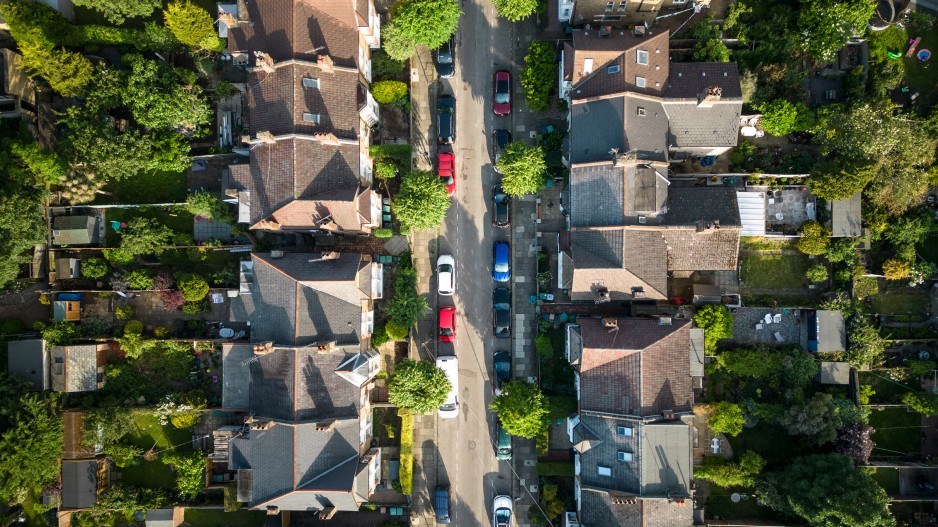B.C. housing market activity slumped again in September as higher interest rates continued to rein in demand. MLS home sales fell for the third consecutive month to 6,156 transactions on a seasonally adjusted basis.
This was a decline of 4.1 per cent from August, which had an even sharper decline of 9.5 per cent. Average resale price growth in the province plateaued in September although levels remain elevated.
Most B.C. regional housing markets experienced significant sales declines in September which highlighted shifting market conditions. Sales fell 5.6 per cent in Greater Vancouver, eight per cent in the Kootenay and saw double-digit declines in the Okanagan. Other markets generally slowed.
Lower demand held home prices for a fourth month, pointing to a slowing in conditions. A slight increase of 0.2 per cent in September followed a 0.4-per-cent drop in August. The province’s home sale prices were also down 6.2 per cent from the peak in February 2022, but still 36 per cent above pre-pandemic February 2020.
Patterns were mixed among regions. The average price in Kamloops fell 2.7 per cent in September and prices declined 1.4 per cent in Vancouver Island. In contrast, prices rose in South Okanagan (up 9.1 per cent), Fraser Valley (up 2.2 per cent) and Chilliwack (up 7.8 per cent). Prices in Greater Vancouver remained unchanged. However, prices are influenced by regional and product composition. Adjusting for home attributes, seasonally adjusted benchmark prices, which tend to lag average price turns, were up in all B.C. real estate markets where the benchmark home value is published.
New listings in B.C. increased by 6.3 per cent during the month to resume their upward trend, although supply constraints in the market linger. Financial uncertainty and stress over elevated interest rates may cause more homeowners to list on the market in the coming months, which will further swing conditions in favour of buyers.
Residential building permits bounced back in August after a drop off in July. On a seasonally adjusted basis, the dollar volume permits rose 20.9 per cent during the month to reach $2.2 billion – partly retracing July’s 25.1-per-cent decrease. The increase was led by non-residential building construction – which grew 45.5 per cent – while residential construction rose 4.8 per cent. Year to date, permits were down 11.1 per cent in the province, with residential permit volumes down 17.7 per cent and non-residential permit volumes up 3.1 per cent. The overall trend of building permits continues pointing toward a reduction in permit issuances in 2023 compared to 2022, given weakness in the housing market due to elevated interest rates and the expected economic downturn.
Residential permit gains reflected a 24.8-per-cent rebound in single-family dwelling permits after two consecutive declines. However, year-to-date single-family dwelling permits fell by a further 20.3 per cent. Multi-family dwelling permits decreased by 1.1 per cent during the month and have dropped 16.9 per cent year to date.
Non-residential permit volumes jumped in August, rising by 45.5 per cent after a nearly 21-per-cent fall in the prior month, contributing to the monthly uptick in B.C. permit volumes. Within this category, commercial permits rose 63.2 per cent while government permits increased by 43 per cent. On the other hand, industrial permits fell 5.4 per cent.
Among the census metropolitan areas, increases were recorded across the board. Vancouver recorded a 9.5 per cent gain in monthly permit volumes while Victoria saw an increase of 19 per cent. Permits skyrocketed in Kelowna where they nearly doubled in August, and in Abbotsford-Mission permits rose 47.1 per cent. High-value non-residential permits were issued for a hospital renovation in North Vancouver and a new university building in Kelowna, contributing to the national gain in non-residential permits during the month.
Bryan Yu is chief economist at Central 1.





